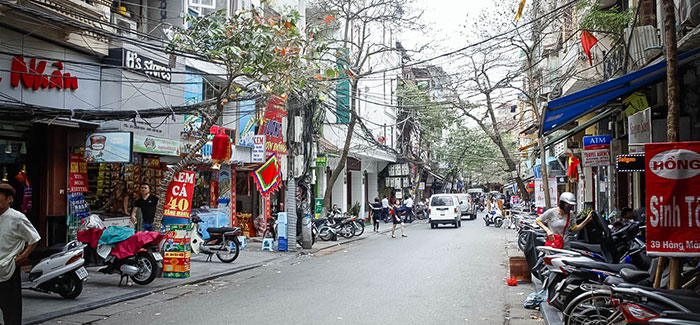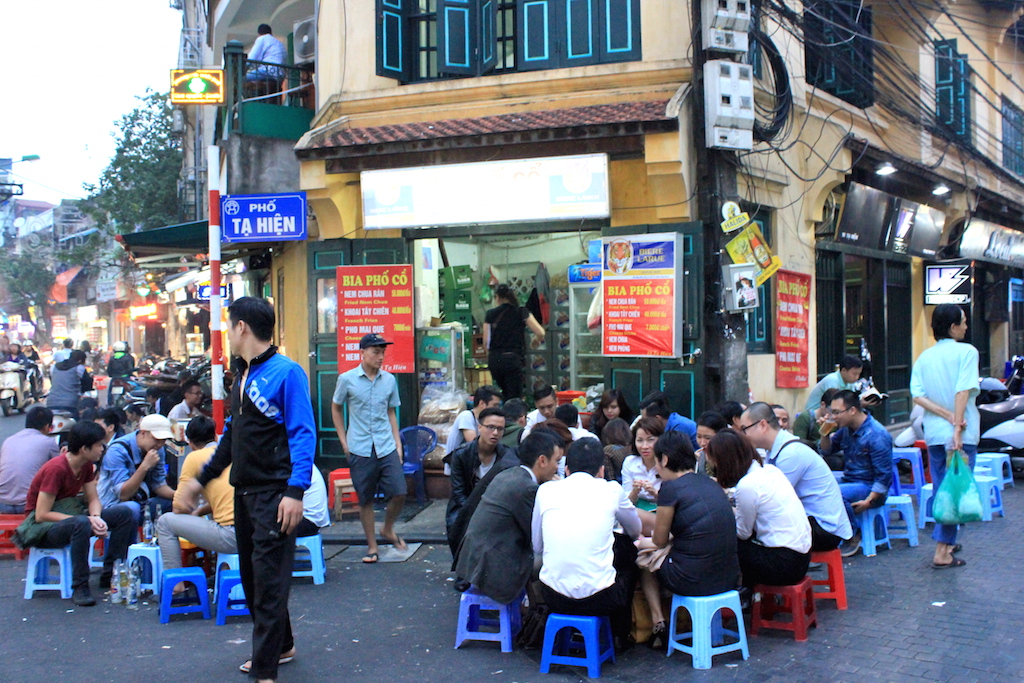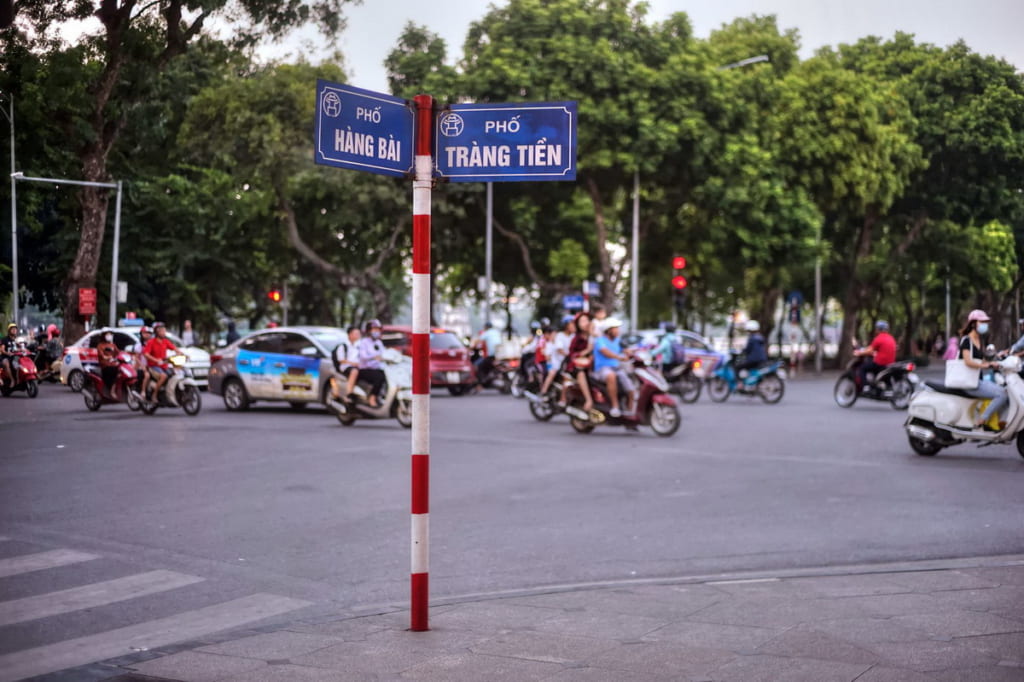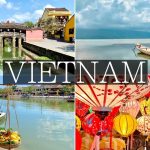
Hanoi – The beautiful city of peace
While there are plenty of exciting new things to explore when you land in Vietnam, Hanoi is never out of an itinerary of the Vietnam trip for the richness in its history, culture, people, and lifestyle. Hanoi was conferred the “City for Peace” prize by UNESCO during a ceremony in Bolivia’s capital, La Paz, in 1999. Let’s take time to get sense of this peaceful city before making a trip there.
8 INTERESTING THINGS ABOUT HANOI
North of Hoan Kiem Lake, Hanoi are the tumultuous streets of the Old Quarter, also known as “the 36 Streets” after the guilds that once operated here, though there are many more than 36 streets these days. It occupies a congested square kilometre that was closed behind massive ramparts and heavy wooden gates until well into the nineteenth century.
HANG NGANG STREET AND THE LITTLE-KNOW SURPRISES

In the Ly – Tran dynasty, the Old Quarter was the name of an urban area situated to the East of Imperial Citadel of Thang Long, and next to Red River. By that time, each street in the area was where a specific product was traded, so it was easy for the locals to find things they needed in daily life. That is the reason why you see nowadays there is a “Hàng” word (meanings goods) in the name of each street.
A COMPLETE GUIDE OF IMPERIAL CITADEL OF THANG LONG, HANOI

HANG BAI STREET AND HANOI’S HISTORIAL PAGES
One interesting image emerging from the Old Quarter is a series of mossy houses creating a mysterious and miraculous look. Some of the those houses were built at the beginning of the 20th century and have small trails inside. ith so much to attract your attention at ground level, it’s “easy to miss the architecture, which reveals fascinating glimpses of the quarter’s history, starting with the fifteenth-century merchants’ houses otherwise found only in Hoi An.

By turns exotic, squalid, gauche and hip, the high-octane Vietnamese capital of Hanoi provides a full-scale assault on the senses. Its crumbly, lemon-hued colonial architecture is a feast for the eyes; swarms of buzzing motorbikes invade the ear, while the delicate scents and tastes of delicious street food can be found all across a city that – unlike so many of its regional contemporaries – is managing to modernize with a degree of grace.
Despite its political and historical importance, and the incessant noise drummed up by a large population, Hanoi exudes a more intimate, urbane appeal than Ho Chi Minh City.

There are dozens of architectural structures closely connected with the culture and history of Vietnam. Each of the structures contains an exciting and meaningful story behind it, which makes people fall in love with Hanoi without awareness. That is the reason why Hanoi is referred to as a city of 1000 years of history. A visit to the historical sites in Hanoi is a way to echo back events and things happening in the Vietnamese history.
The glorious chapters in the history are gradually revealed when you land in each of the landmarks, and you will realize that Hanoi, even underwent changes in economy, society, and architecture, still keeps a classical color for its own. Traditional values of culture and history are easily found from small details, e.g., a family meal to great architecture.
Coming to Hanoi, do not lose out on destinations with deep meaning in history, such as Tran Quoc Pagoda, Hoa Lo Prison, Hoan Kiem Lake, One Pillar Pagoda, Ho Chi Minh Mausoleum, …




